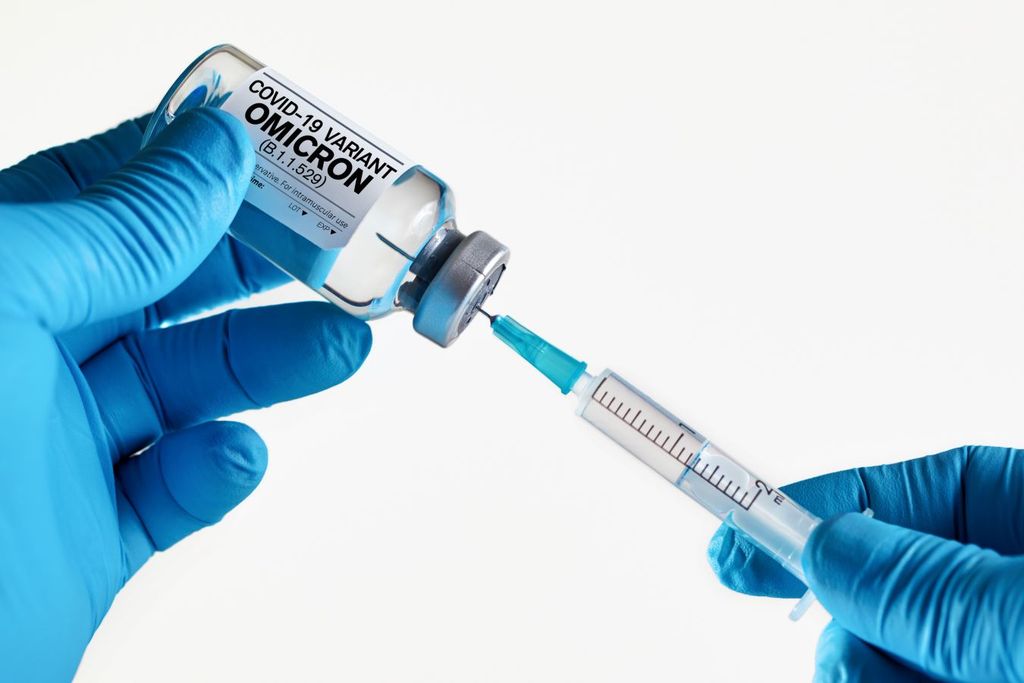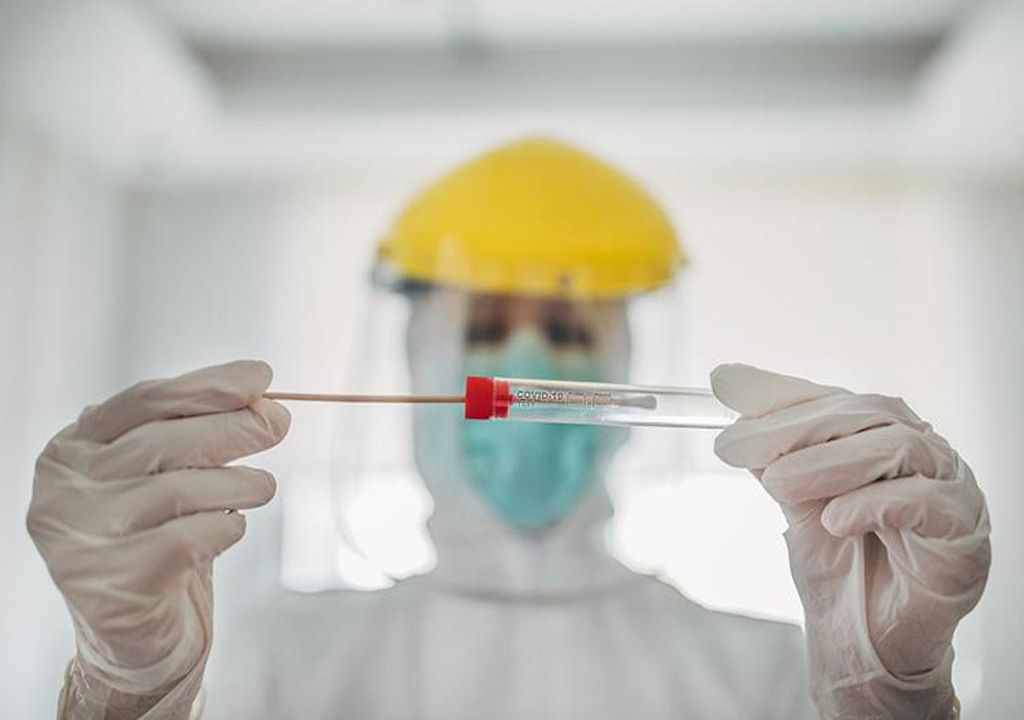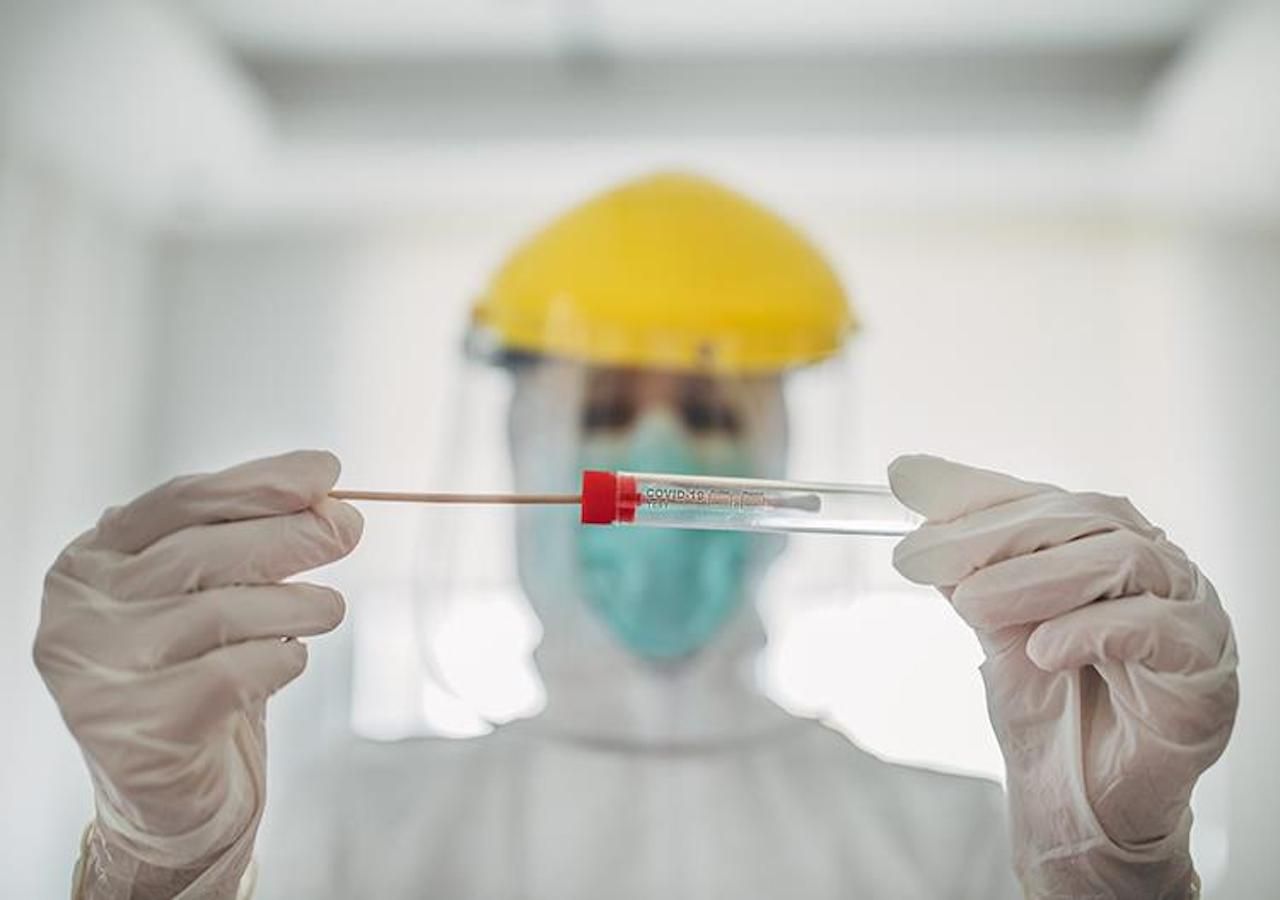
The World Health Organization has set its sights on a new variant of SARS-COV2, known as SARS-COV2, in light of the growing wave of new coronavirus infections globally and in Mexico. EG 5 and BA 2.86 deemed interesting by the World Health Organization.
At the same time, the PAHO updated information on the newly discovered Omicron sublineage. so far, No evidence of major changes in public health impact From EG.5 and from BA.2.86.
EG.5 is a descendant line of XBB.1.9.2 (subline of XBB.1.9.2) Omicron), It was first reported in February 2023. In early August, it was classified as a variant of interest.
Globally, the proportion of reported EG.5 infections has steadily increased. This trend is also seen in several countries in the region, including Canada, Colombia, Costa Rica, the Dominican Republic and the United States. However, So far, no changes in the severity of the disease have been reported.

BA.2.86 was first detected in samples collected in Denmark at the end of July 2023. It has since been detected in Israel, the UK, and the US, but only seven sequences have been reported in total.
The World Health Organization (WHO) designates it as a monitored variant because it has quite a few mutations. I therefore explain that, based on the available evidence, the public health risk of the EG.5 subvariant is assessed to be low and similar to other prevalent variants of interest.
He also detailed in the report that limited information is available on BA.2.86 and that a preliminary risk assessment will be generated in the coming days, which will allow the variant to be better characterized in terms of transmissibility, immune escape, and severity.
Advice for Covid-19
Recommendations to prevent COVID-19 remain unchanged, PAHO says Countries in the Americas region urged to continue collecting representative samples for sequencing As the SARS-CoV-2 virus continues to spread and evolve, maintain adequate genomic surveillance of the virus.
Globally, more than 1.4 million new COVID-19 cases were reported from July 17 to August 13, 2023 More than 2,300 people died,this means 63% increase and A 56% drop. The number of deaths as a percentage compared to the previous 28 days.
They warn that there may be more variants of the new coronavirus in the world population.
Rocio Lopez (@askalearox) to explain it to you. https://t.co/qF3w1JRZ2H
– Meteored.mx (@meteoredmx) August 6, 2023
It should be remembered that Virus Evolution Technical Advisory Group SARS-CoV-2 from PAHO and WHOwill continue to regularly evaluate new sublines of Ómicron and will issue or update risk assessments as new information becomes available.
PAHO encourages laboratories to sequence COVID-19 positive samples and share genetic information in a timely manner through the GISAID platform.
All countries in the Americas can participate in the COVID-19 Regional Genomic Surveillance Network through national public health laboratories.
operation management system, Regularly assess whether SARS-CoV-2 variants have an impact on: Virus transmissibility, disease mortality, diagnosis, treatment and efficacy of vaccines.
He also called on the Americas to maintain investment in health, promote innovation in primary care with a focus on digital technologies, and move from theory to practice through specific policies to overcome challenges in accessing health services.
Even three years after the start of the COVID-19 pandemic, essential health services remain disrupted, PAHO analysis shows still a challenge It is of great significance in many countries in the Americas.

